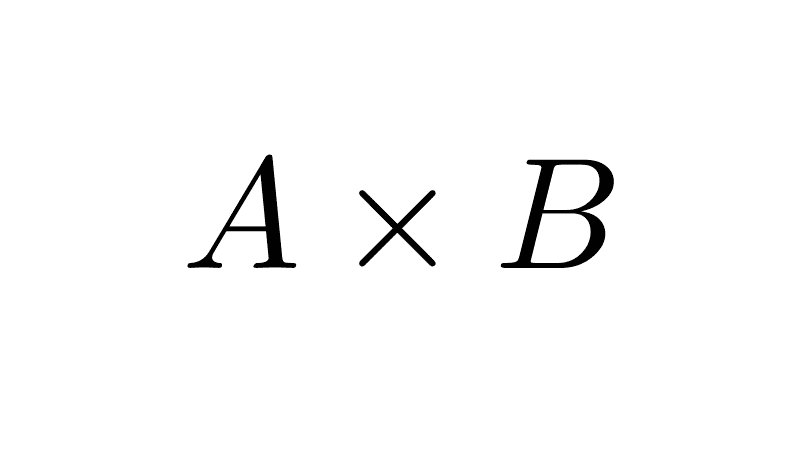
Roster Form and Set-Builder Notation
A set is a well-defined collection of objects, called elements. To define a set is to express the elements that make it up, and this can be done in two ways: by roster form, when all the elements are written out, or by set-builder notation, when the common property that characterizes them is stated.
Table of Contents
Sets in Roster Form
Defining a set in roster form (also called enumeration or tabular form) consists of explicitly writing out the elements that make up the set, separated by commas and enclosed in braces. In other words, a set is defined in roster form when all of its elements are listed or mentioned one by one.
Examples
- A = {a, b, c}
- B = {1, 2, 3, 4, 5, 6, 7, 8, 9, 10}
- C = {-1, 1}
- D = {w, o, r, l, d}
- E = {1, 3, 5, 7, 9, 11}
- F = {a, e, i, o, u}
- G = {2, 4, 6, 8, 10}
- The empty set (the one that contains no elements) is denoted with empty braces: Ø = { }.
When defining a set by enumeration, the order in which the elements are written does not matter, nor does it matter if they are repeated. For example, the following three sets are equal: {a, b, c}; {c, a, b}; {a, a, c, b, c}.
An advantage of this method of definition is that it is easy to understand and visualize the elements of the set. The main disadvantage is that this form is tedious for large sets and impossible to use for infinite sets. Since most sets worked with in mathematics are infinite, the second method of defining sets is more commonly used.
Sets in Set-Builder Notation
Defining a set using set-builder notation (also called description or constructive form) consists of stating the property or properties that the elements of the set satisfy. In other words, instead of listing the elements, you describe what makes them part of the set.
To do this, we use an x (or another letter) to indicate a generic element of the set, then we write a vertical bar | (which is read "such that") and then the condition or conditions that those x's must satisfy. Instead of a vertical bar, a slash (/) or a colon (:) can be used.
Examples
- A = { x | x is one of the first three letters of the alphabet}
- B = { x | x is a natural number less than or equal to 10}
- C = { x | x2 = 1}
- D = { x | x is a letter in the word "world"}
- E = { x | x is an odd natural number less than or equal to 11}
- F = { x / x is a vowel}
- G = { x : x is an even number between 2 and 10, inclusive}
There is no single way to denote a set using set-builder notation. They can be expressed in different ways as long as there is no ambiguity. For example, another way to express set B is:
B = {x | x is an integer and 1 ≤ x ≤ 10}
It is common in mathematics to create new sets from some elements of another set. Thus, if we want to form a set E from the elements of another set U, it is expressed that E is a set whose elements belong to U, symbolized as x ∈ U (the symbol ∈ is read "belongs to"), such that they satisfy a certain condition. The set U is called the universal set or universe of discourse and is the one that contains all the relevant elements of a given context.
For example, if we want to denote that P is the set of all natural numbers (N) that are even, we can write it in one of the following ways:
- P = { x ∈ N | x is even }
- P = { x | x ∈ N and x is even }
- P = { x ∈ N | x = 2k and k ∈ N }
As we saw in the last two examples, we can use logical connectives like disjunction ("or") and conjunction ("and") to establish multiple conditions. Disjunction means that the elements must satisfy one of the two conditions or both, while conjunction means that the elements must satisfy both conditions simultaneously. The symbol for conjunction is "∧" while for disjunction it is "∨", although we can also write them out with words.
Set operations are defined using this method:
- Union: A ∪ B = {x | x ∈ A ∨ x ∈ B}
- Intersection: A ∩ B = {x | x ∈ A ∧ x ∈ B}
- Difference: A - B = {x | x ∈ A ∧ x ∉ B}
- Symmetric difference: A Δ B = (A - B) ∪ (B - A)
- Complement: Ac = {x | x ∈ U ∧ x ∉ A}
The main advantage of the set-builder notation method is that it allows for describing large or infinite sets compactly. For example, the set of all positive numbers is impossible to express in roster form, because it has infinite elements. However, in set-builder notation, it can be easily expressed as R+= {x ∈ R | x > 0 } which is read as "R+ is formed by the real numbers x such that x is greater than zero (is positive)."
Let's remember that the symbols for the number sets are as follows: N for natural numbers, Z for integers, Q for rational numbers, R for real numbers, and C for complex numbers.
The set Q of rational numbers can be denoted in set-builder notation as:
Q = { a/b | a and b are integers and b ≠ 0}
The empty set is defined in set-builder notation with a property that no element satisfies, for example:
Ø = { x ∈ R | x2 + 1 = 0 }
This is because the equation x2 + 1 = 0 has no solution in the real numbers.
We can also write sets made up of ordered pairs or triples (which we could also do in roster form for finite sets). For example:
H = { (x, y) ∈ R2 | y = 2x }
J = { (x, y, z) ∈ R3 | x + y + z = 0 }
If we understand the elements as points, H is a set formed by all the points in the Cartesian plane (R2) where the ordinate (y-coordinate) is equal to twice the abscissa (x-coordinate), while J is formed by all the points in space (R3) such that the sum of their coordinates is zero.
There is a mixed form for expressing sets that consists of writing some elements and then adding an ellipsis, assuming the pattern the elements follow is understood, for example:
- N = {1, 2, 3, 4, 5, 6, ...} (natural numbers)
- P = {2, 4, 6, 8, 10, ...} (even natural numbers)
- M = {-1, -2, -3, -4, -5} (negative integers)
- Z = {..., -3, -2, -1, 0, 1, 2, 3, ...} (integers)
Formally speaking, this is not roster notation, since that would require writing out all the elements, but it can be useful for quickly identifying which set we are dealing with.
The same set can be expressed in both roster form and set-builder notation, as long as it is finite. In the following table, we see a comparison between the different notations.
| Set given in Roster Form | Set given in Set-Builder Notation |
|---|---|
| {a, b, c} | {x | x is one of the first three letters of the alphabet} |
| {1, 2, 3, 4, 5, 6, 7, 8, 9, 10} | {x | x is a natural number less than or equal to 10} |
| {-1, 1} | {x | x2 = 1} |
| {w, o, r, l, d} | {x | x is a letter in the word "world"} |
| {1, 3, 5, 7, 9, 11} | {x | x is an odd natural number less than or equal to 11} |
Practice Exercises
Exercise 1: Given the following sets in set-builder notation, express them in roster form.
- A = { x | x is a letter in "mathematics" }
- B = { x ∈ N | x is even and less than or equal to 10 }
- C = { x | x is odd ∧ 1 ≤ x ≤ 9 }
- D = { x | x - 1 = 0}
- E = { x | x = 5k, k ∈ N ∧ x < 30 }
- F = { x | x is prime ∧ x < 15 }
- G = { x | x ∈ N ∧ 3 < x < 8 }
- H = { x | x = n2, n ∈ N ∧ x < 50 }
- I = { x | x ∈ Z ∧ -2 ≤ x ≤ 2 }
Solutions:
- A = {m, a, t, h, e, i, c, s} (remember that elements are not repeated)
- B = {2, 4, 6, 8, 10}
- C = {1, 3, 5, 7, 9}
- D = {1}
- E = {5, 10, 15, 20, 25} (the natural multiples of 5 less than 30)
- F = {2, 3, 5, 7, 11, 13}
- G = {4, 5, 6, 7}
- H ={1, 4, 9, 16, 25, 36, 49} (the squares of natural numbers that are less than 50)
- I = {-2, -1, 0, 1, 2}
Exercise 2: Given the following sets in roster form, express them in set-builder notation.
- A = {a, b, c, d, e}
- B = {-4, -3, -2, -1}
- C = {1, 3, 5, 7, 9}
- D = {2, -2}
- E = {0, 2, 4, 6, 8}
- F = {3, 6, 9, 12, 15}
- G = {-3, -2, -1, 0, 1, 2, 3}
- H = {10, 20, 30, 40, 50}
- I = {-10, -5, 0, 5, 10}
Solutions (only one of the possible forms is shown)
- A = {x | x is one of the first 5 letters of the alphabet}
- B = { x | x is a negative integer greater than -5 }
- C = { x | x is an odd natural number less than 10 }
- D = { x | x2 = 4 }
- E = { x | x is an even integer ∧ 0 ≤ x ≤ 8 }
- F = { x | x is a multiple of 3 ∧ 3 ≤ x ≤ 15 }
- G = { x | x ∈ Z ∧ -3 ≤ x ≤ 3 }
- H = { x | x is a multiple of 10 ∧ 10 ≤ x ≤ 50 }
- I = { x | x = 5k, k ∈ Z ∧ -10 ≤ x ≤ 10 }
Bibliography
- Epp, S. (2020). Discrete Mathematics with Applications (5th ed.). Cengage.
- Gallier, J., & Quaintance, J. (2025). Mathematical foundations and aspects of discrete mathematics.
- Haggard, G., Schlipf, J., & Whitesides, S. (2006). Discrete mathematics for computer science. Thomson Brooks/Cole.
- Hunter, D. (2017). Essentials of discrete mathematics (3rd ed.). Jones & Bartlett Learning.
- Johnsonbaugh, R. (2018). Discrete Mathematics (8th ed.). Pearson.
- Levin, O. (2024). Discrete mathematics: An open introduction (4th ed.).
- Lipschutz, S., & Lipson, M. (2007). Theory and problems of discrete mathematics (3rd ed.). McGraw-Hill.
Leave a Reply

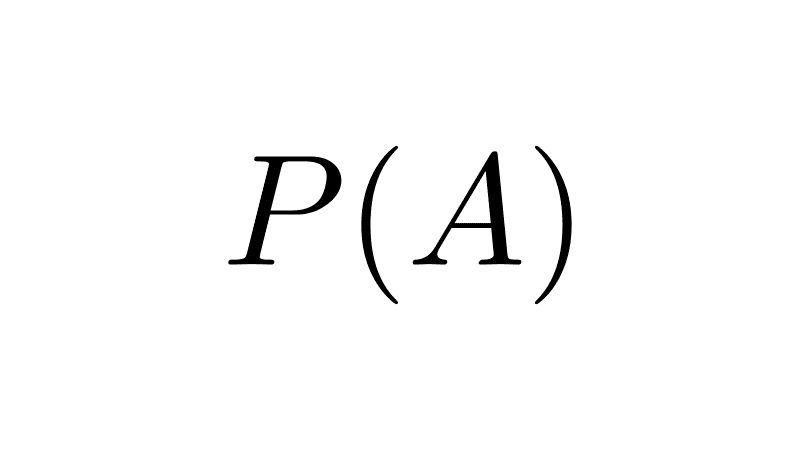
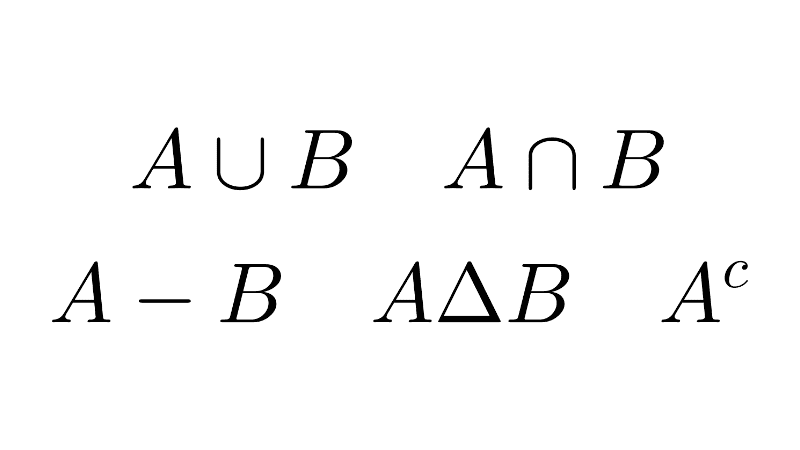
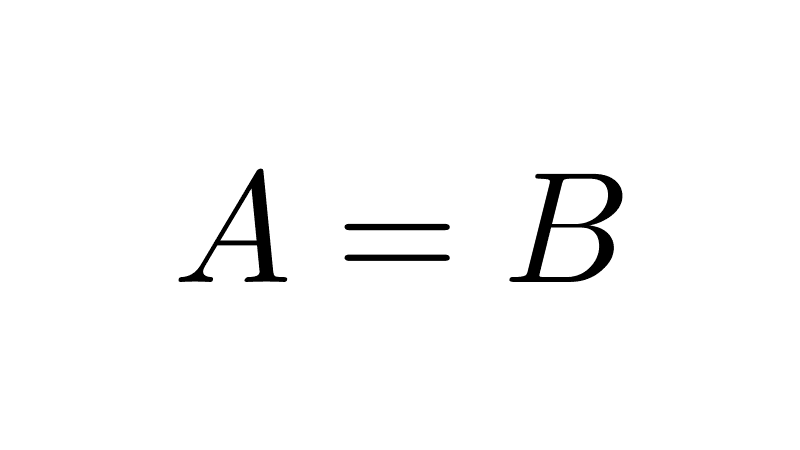
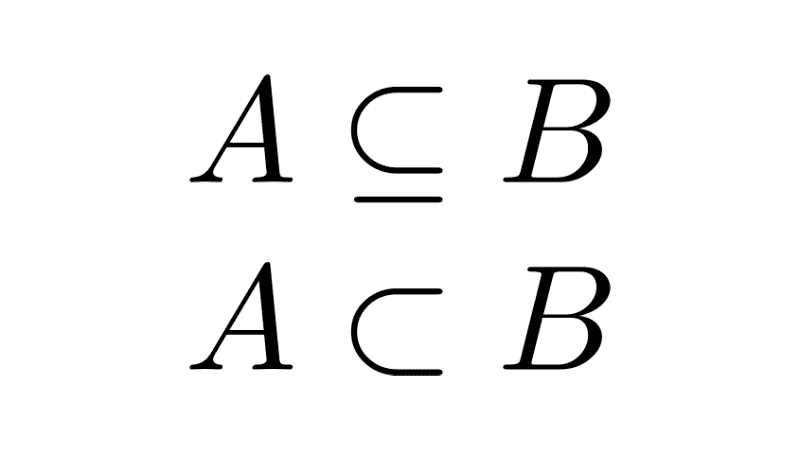
Related posts